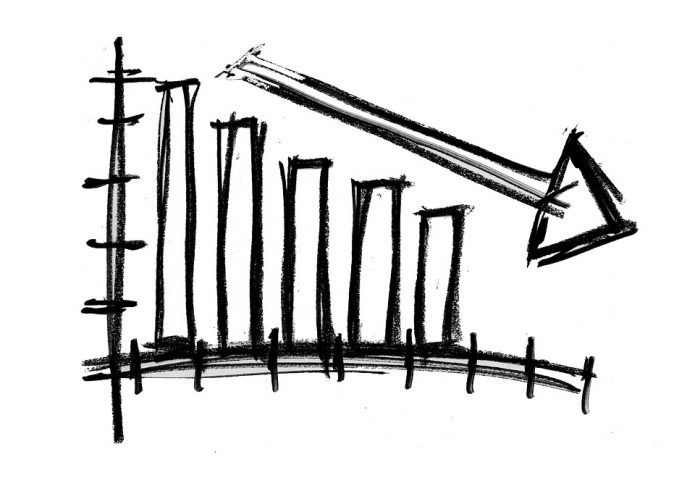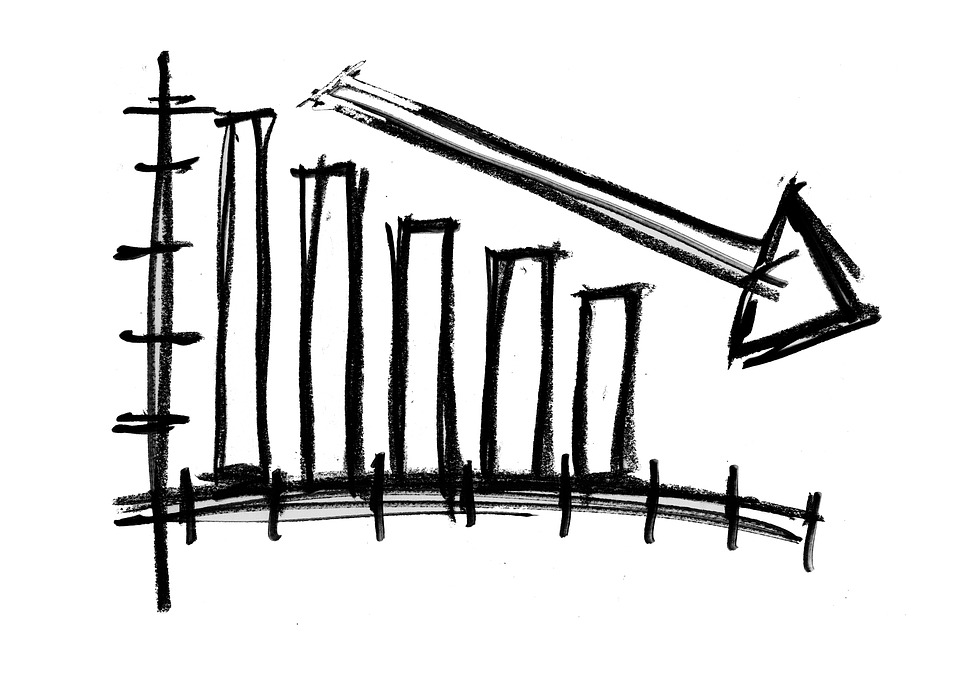
(Photo: geralt/ Creative Commons)
The U.S. Senate has now passed the most significant tax “reform” legislation since 1986. The legislation, most pundits believe, will likely become the new law of the land within weeks.
What will that mean? We already have all sorts of numbers from reputable researchers on who will now see really big savings on their tax returns (the rich) and who won’t (everybody else). We also have official — and sobering — congressional research estimates on what the GOP tax changes, once put in place, will mean for the nation’s economic growth and the federal budget deficit.
But we don’t yet have what we need: a sense of the “big picture.” Ten years down the road, twenty years down the road, how will the lives that Americans lead change if this Republican tax plan gets to shape our national future?
The answer may well rest in new research just out from three of the world’s most prolific inequality analysts, Thomas Piketty, Emmanuel Saez, and Gabriel Zucman. Piketty and Saez have been pushing the envelope on income distribution stats ever since the 21st century began. The duo, joined in recent years by Zucman, have become ever more sophisticated in crunching the numbers that tell us who gets what and why in America.
Inequality studies on income and wealth distribution have typically drawn data from either surveys or tax returns. The new work from Piketty, Saez, and Zucman combines — and squares — these data sources with broader “national accounts,” the economy-wide “macro” framework that aggregates everything from household budgets to corporate balance sheets.
This statistical derring-do has helped the three economists detail, they note, “the first comprehensive view of how government redistribution affects inequality.”
And what can the results from this new research tell us about America’s future with the GOP tax plan in effect? The new data suggest the United States may now be about to enter into its third economic epoch since World War II.
The first epoch ran between 1946, year one of the postwar world, and 1980, the year the “Reagan revolution” captured the White House. Over the course of these decades right after World War II, the “pre-tax” incomes of Americans — what the Piketty team defines as the dollars from jobs, the ownership of assets, public and private pensions, and disability and unemployment insurance — grew from the bottom up.
America’s poorest adults, between 1946 and 1980, actually saw their “pre-tax” incomes increase faster than Americans at the nation’s economic summit. Americans who ranked in the bottom 20 percent of earners saw their incomes more than double, rising 109 percent over these years. Top 1 percent incomes increased just 47 percent over the same span.
What about after taxes? The numbers for “post-tax” income that Piketty, Saez, and Zucman calculate take into account taxes paid to every level of government and also factor in the impact of government transfer programs and public spending on goods and services.
Between 1946 and 1980, America poorest did quite well by these “post-tax” calculations. Bottom 20 percent Americans registered a 179 percent hike in income after taking the impact of government action into account, up from a 95 percent gain “pre-tax.”
These numbers reinforce a story that Piketty and Saez — and other researchers as well — have told in earlier work: The immediate postwar decades left the United States a significantly more equal place.
That story changes after 1980. Between that year and 2014, the most recent year with complete data available, inequality in the United States once again starts roaring.
In this second American post-World War II epoch, “pre-tax” incomes for the bottom 20 percent stop rising. They sink — by 25 percent.
Incomes at the top, on the other hand, don’t just increase. They boom. Top 1 percent incomes more than triple after taking inflation into account, the Piketty team calculates, up 204 percent. Top 0.1 percent incomes more than quadruple, up 320 percent. The richest of the rich — the top 0.001 percent — watch their incomes leap a staggering 636 percent!
All these “pre-tax” numbers, once again, show the same economic trajectory that other researchers and earlier work by Piketty and Saez have already noted. But the new Piketty, Saez, and Zucman research adds some unexpected nuance once we turn to the “post-tax” figures, the numbers that reveal the impact of redistributive government transfers and public spending.
In the second postwar epoch, the 1980-to-2014 years, redistributive programs and policies do still somewhat help the poor, but much less significantly. Their positive impact drops by well over half. That 25 percent crash in “pre-tax” income that Americans in the bottom 20 percent experienced between 1980 and 2014 becomes, after tax, a slight 4 percent increase.
In other words, second-epoch government policies and programs enable the poor to do no better than tread water. For the poor, economic uplift ends.
For what Piketty, Saez, and Gutman define as the middle class — the 40 percent of the adult population between the bottom 50 percent and the top 10 percent — we see a different “post-tax” story. Government economic programs help this middle class more in the second epoch than the first. Middle-class adult “post-tax” incomes rise by almost half, 49 percent, between 1980 and 2014.
And now the third epoch beckons. What to expect? The boom — for the rich — will intensify under the GOP tax plan. So will the downward pressure on the incomes of America’s poor as the giant deficits the Republican plan generates become a cynical political rationale for still more cuts in government’s redistributive safety-net programs.
But the most startling epoch-three outcome will be the front-on hit the GOP tax plan visits upon middle-class America. The GOP plan guts a major share of the government policies and programs that, taken together, help Americans gain and keep middle class status.
The Senate-passed tax bill, as Intercept Washington bureau chief Ryan Grim catalogs, raises $1.3 trillion “by going after deductions for state and local taxes, mortgage interest, charitable contributions, interest on student loans, medical expenses, teachers’ out-of-pocket expenses for paper and pencils for students, and a bunch of other nickel-and-diming of the middle class.”
Government policies and programs helped the middle class in epoch two. That help shrinks away in epoch three, just as serious support for the poor shrank significantly in epoch two. In epoch three, the GOP tax plan has government policies and programs concentrating more on keeping income and wealth concentrated — in the pockets of America’s most comfortable — than helping America’s vast non-rich majority.
John Bogle, the outspoken 88-year-old founder of the Vanguard Group mutual fund family, has lived through all of epochs one and two. He may have the most fitting label for epoch three. He’s calling the America the GOP tax plan will create “a moral abomination.”
